WILLIAMSBURG — Chuck Loring Jr. drops the shifting arm of his GMC Sierra into reverse and pulls a three-point turn.
Roads like these cut for timber extraction often surrender to forest overgrowth in just a matter of years without continued maintenance. Although at least two decades have passed since there was active logging here, this road bears the recent marks of a grader and other heavy machinery used to clear brush.
That’s the first thing that Loring, the director of the Penobscot Nation’s Department of Natural Resources, notices as he stands on the land for the first time.
It’s a welcome surprise. The land has been out of Penobscot control for centuries, and Loring hadn’t expected to encounter cleared roads in advance of its return to his tribe.
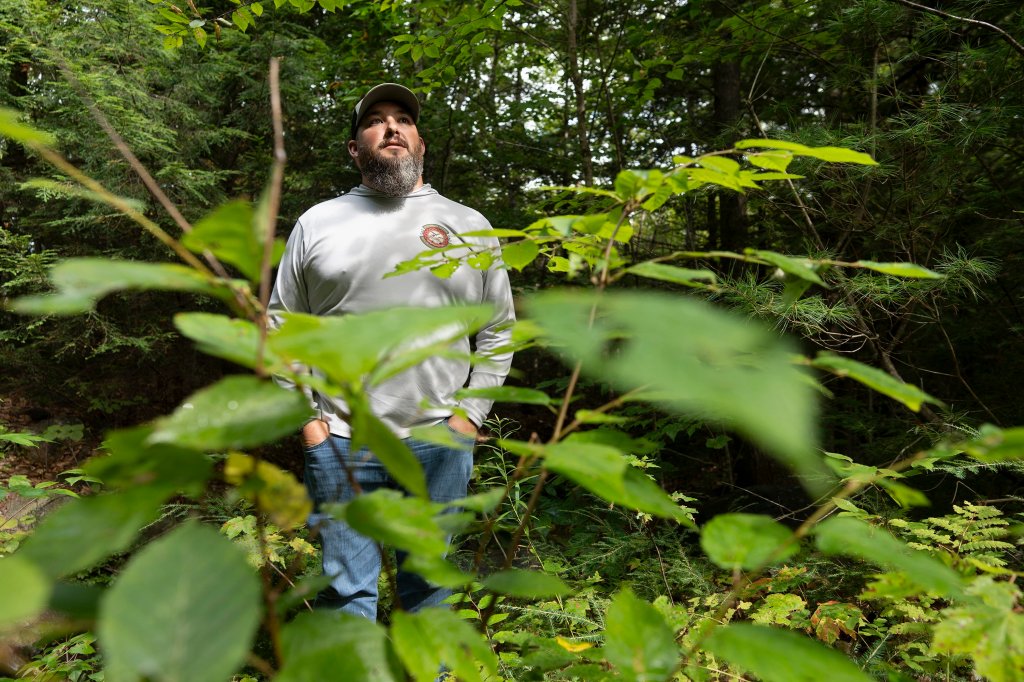
This 1,700-acre parcel of wetlands and forest, striated by former logging roads, was transferred to the Appalachian Mountain Club on Tuesday as part of a larger acquisition. And in short order, the AMC will hand the land back to the Penobscot Nation.
It’s a small but nonetheless important step, Loring says, in the slow repatriation of land to the Penobscot Nation.
‘THE RIGHT THING TO DO’
The Appalachian Mountain Club announced Tuesday it had completed the acquisition of the 29,000-acre Barnard Forest, which brings its Maine Woods Initiative holdings to 128,000 protected acres.
AMC bought the Barnard Forest, as the acquisition is known, in a fair-market transaction for $15.2 million. The organization bought the northern half outright in 2023; the Malone Family Land Preservation Foundation and the Conservation Fund jointly acquired the southern portion, giving the AMC time to raise the funds needed to close on it.
Steve Tatko, the club’s vice president of land and conservation, approached Loring during the acquisition process with an offer to return some of the land to its former Indigenous stewards.
“The Penobscot are neighbors of ours, and their communities are so intrinsically linked to these places that this, to me, felt like the right thing to do,” Tatko said.
It was the AMC that reopened the old logging roads Loring was so delighted to discover.
“Anything that’s adjacent and expands our current land base is really beneficial,” he said.
The new parcel will enable tribal members to better access adjacent trust lands. Deer hunting there is excellent, Loring said. But the return is also a step toward his top priority: water quality restoration.
“This is within the Pleasant River watershed … the greater watershed would be the Piscataquis and ultimately the Penobscot, and Pleasant River is definitely a top priority salmon habitat,” Loring said along the bank of a babbling creek.
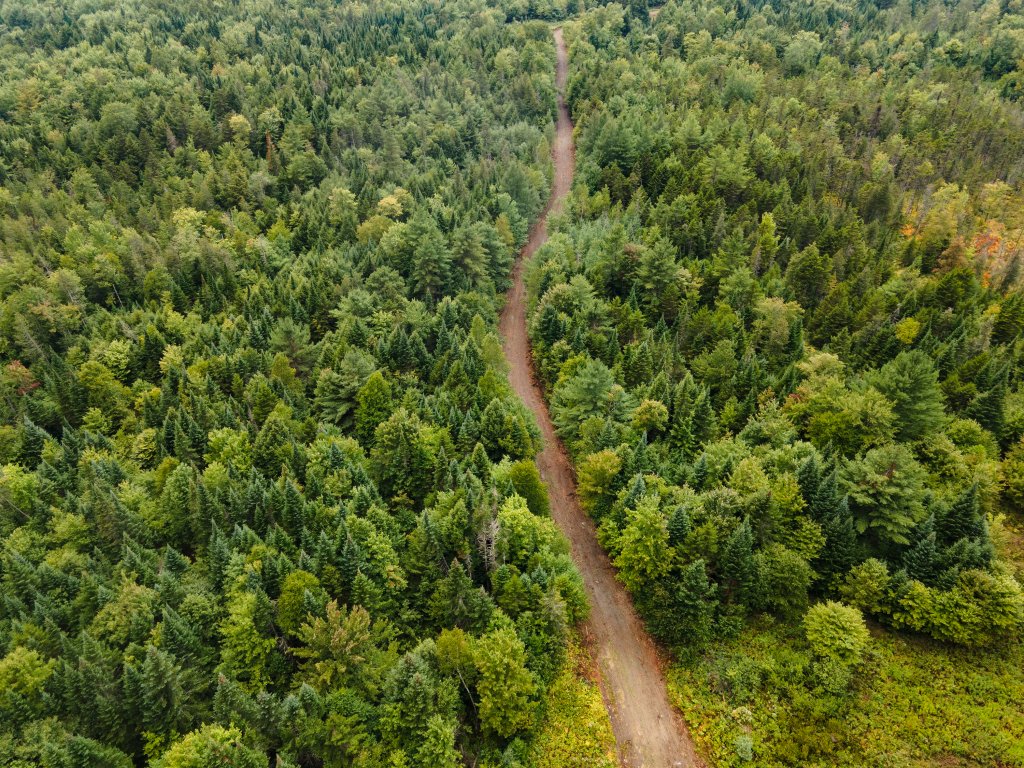
Although the AMC will be putting its land into conservation easements administered by the state Bureau of Parks and Lands, the Penobscot land will be returned unrestricted.
Given the often inimical relationship between the tribe and the state, any enhancement of the state’s control over tribal land was “not attractive,” according to Loring.
“We feel we take care of the land well enough that we don’t need to have those restrictions and encumbrances,” he said.
The tribe will add the land to its forest inventory, which helps Loring’s department track tree growth. During its time as industrial land, the forest might have been harvested every 20 or 30 years. Under Penobscot management, the forest will turn over every century.
“We’re managing it as lifetime owners,” Loring said.
A SLOW RECLAMATION
The Penobscot and Passamaquoddy tribes in 1972 laid claim to over 12 million acres in Maine, alleging that the state had illegally dispossessed the tribes of their homelands.
In accordance with the settlement resolving those claims, the U.S. government sequestered $26.8 million into a trust fund for the Penobscot Nation. The settlement capped the tribe’s ability to acquire trust land — land owned by the federal government for the tribe’s benefit — at 150,000 acres, while the money was to be used to acquire trust land. The settlement further outlined lands the tribe could put into trust without additional approval from the state.
But 45 years after that settlement was signed, the Penobscot Nation only has 95,000 acres in trust.
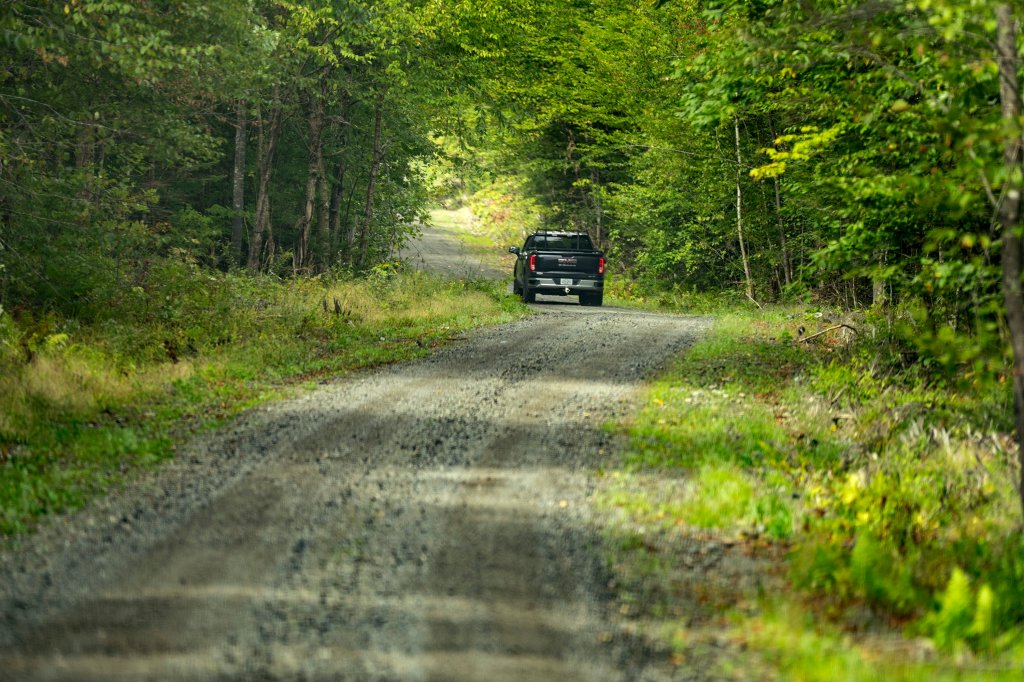
This 1,700-acre acquisition, along with a 30,000-acre acquisition near Millinocket already in process, will bring the tribe’s trust holdings to nearly 127,000. (The tribe also has nearly 6,000 acres in reservation land and 28,000 acres of fee simple land.)
“There was money set aside for that (land acquisition). But that was 45 years ago. The cost of land has risen,” said Mark Chavaree, the tribe’s attorney.
It will take several years for the tribe to take ownership of the Barnard parcel as fee land — which is owned outright by the tribe but not formally considered “Penobscot Indian territory” — and transfer it to the U.S. Department of the Interior to place in trust.
Once in trust, the tribe will still have to compensate the state and any local taxing authorities with payment in lieu of taxes. But the conversion will give the tribe greater jurisdiction over the land, Chavaree said.
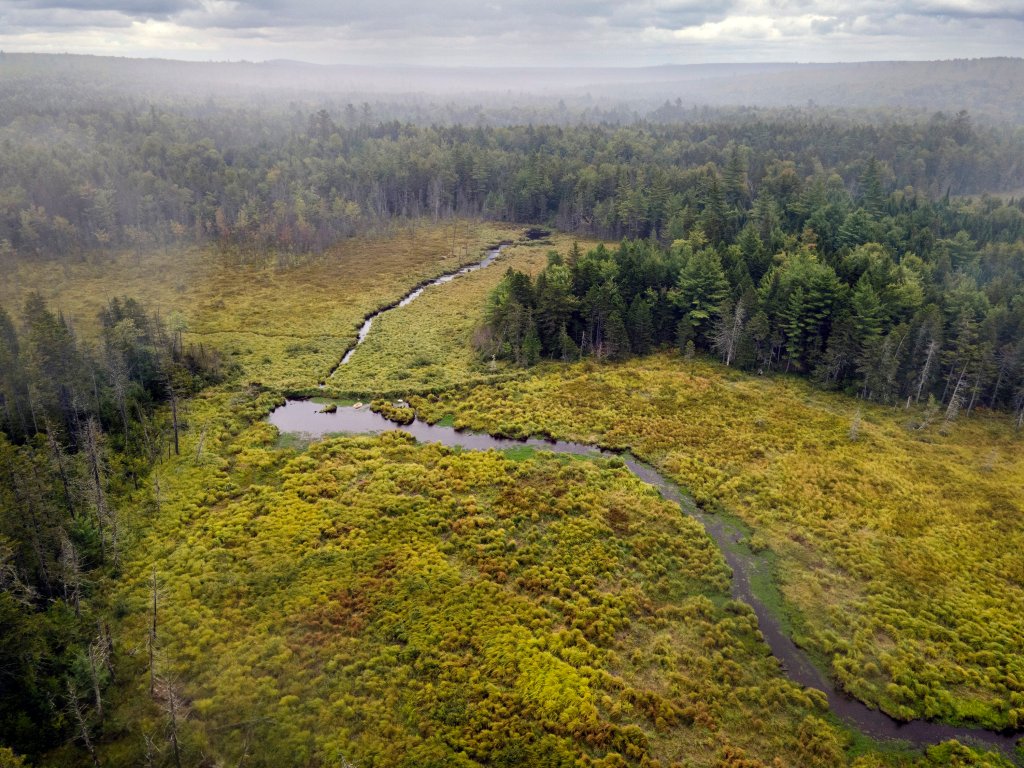
After nearly a half century, the Penobscot Nation is approaching the 150,000-acre limit on trust lands — a cap placed only upon tribes in Maine — and Loring says it could max out its acquisitions soon.
“I’m seeing a lot of stuff come across my desk,” he said.
Reuben M. Schafir is a Report for America corps member who writes about Indigenous communities for the Portland Press Herald.
Editor’s note: This story was updated on Sept. 17 to include that the Conservation Fund jointly acquired some of the land with the Malone Family Land Preservation Foundation.
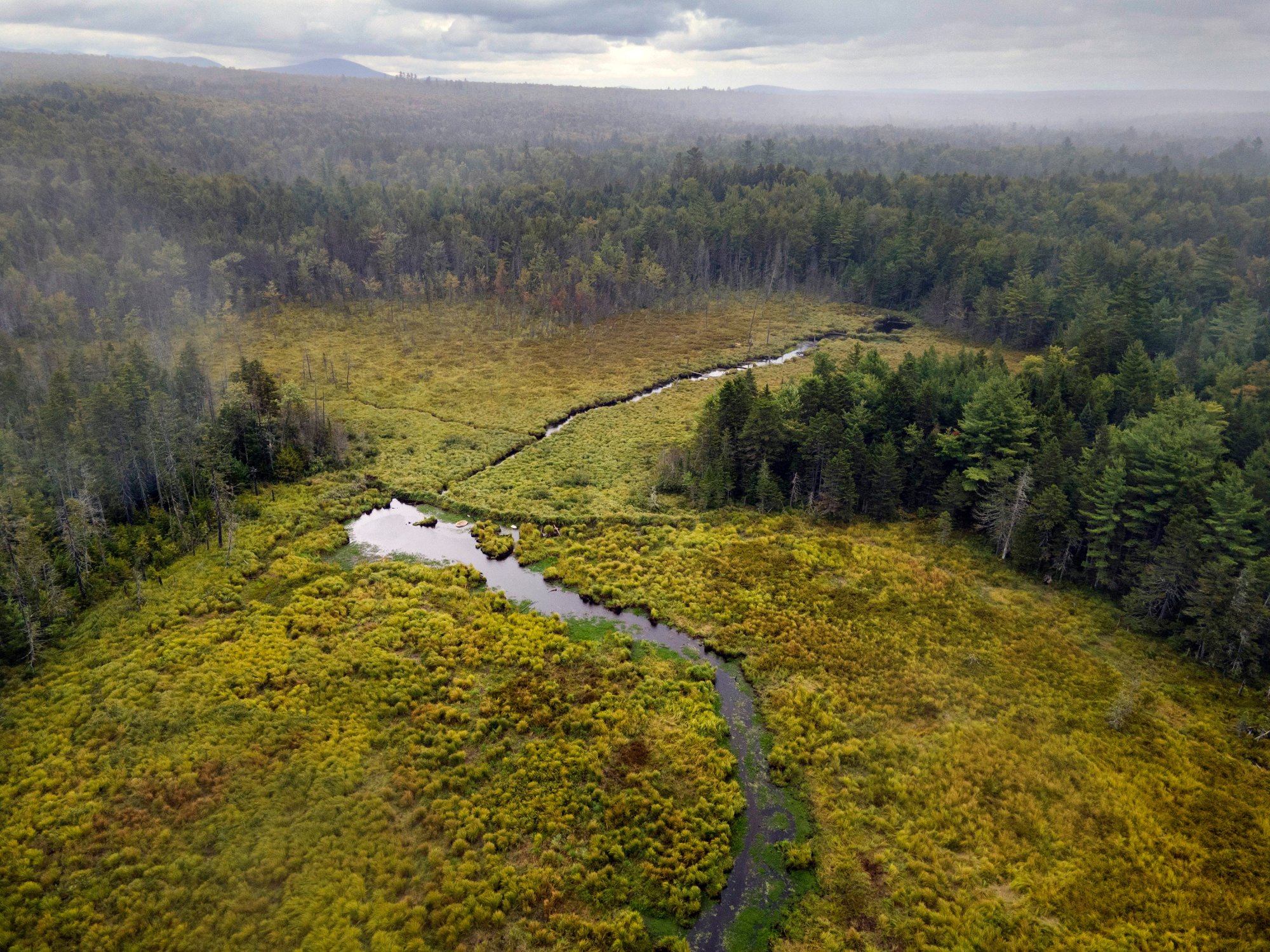

We invite you to add your comments. We encourage a thoughtful exchange of ideas and information on this website. By joining the conversation, you are agreeing to our commenting policy and terms of use. More information is found on our FAQs. You can modify your screen name here.
Comments are managed by our staff during regular business hours Monday through Friday as well as limited hours on Saturday and Sunday. Comments held for moderation outside of those hours may take longer to approve.
Join the Conversation
Please sign into your CentralMaine.com account to participate in conversations below. If you do not have an account, you can register or subscribe. Questions? Please see our FAQs.